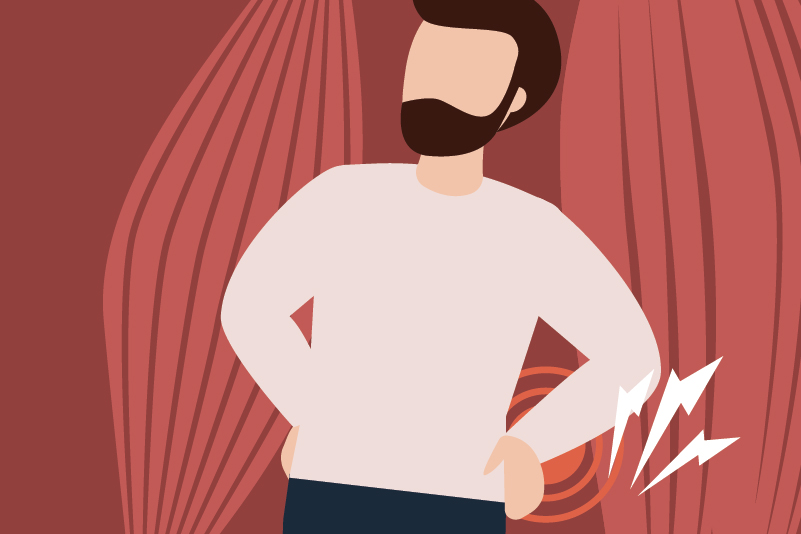#143 Acute Back Pain: Is Cyclobenzaprine a reasonable option?

Reading Tools for Practice Article can earn you MainPro+ Credits
Join NowAlready a CFPCLearn Member? Log in
- Systematic reviews and newer Randomized Controlled Trials (RCTs):
- Non-benzodiazepine muscle relaxants versus placebo: Three systematic reviews (9-46 RCTs, 820-5,401 patients), differences statistically significant:1-3
- Pain: ~12 points lower on 100 point Visual Analogue Scale at 10 days.1
- Pain: Attaining undefined ‘pain reduction’ Number Needed to Treat (NNT)=4-7 at 2-7 days.2
- Global efficacy:2 Attaining undefined ‘target’ NNT=4 at days 2-4.
- Cyclobenzaprine versus placebo:
- One systematic review (14 RCTs, 3,023 patients):4
- Global improvement, NNT=3 at ~10 days.
- Two publications with two RCTs each, we pooled and did statistics:
- Dosing (1,389 patients):5
- Backache relief: 50% cyclobenzaprine 5 mg TID versus 38% placebo at seven days, NNT=9 (p<0.001).
- No difference: 5 mg versus 10 mg or 2.5 mg versus placebo.
- Backache relief: 50% cyclobenzaprine 5 mg TID versus 38% placebo at seven days, NNT=9 (p<0.001).
- Extended or Immediate Release: 504 patients.6
- No difference: Extended release 30 mg OD versus immediate release 10 mg TID.
- Dosing (1,389 patients):5
- One systematic review (14 RCTs, 3,023 patients):4
- Cyclobenzaprine plus ibuprofen, three RCTs:7-9
- Largest (867 patients): No benefit to adding ibuprofen.7
- Two small studies of back/neck strain, (77 and 61 patients): Too underpowered to find differences.8,9
- Non-benzodiazepine muscle relaxants versus placebo: Three systematic reviews (9-46 RCTs, 820-5,401 patients), differences statistically significant:1-3
- Concerns: Most trials industry sponsored;4 small samples; short duration, poorly-defined targets; unclear if clinically meaningful cut-offs.
- No difference in efficacy between the different muscle relaxants although cyclobenzaprine more consistently evaluated.3
- Other medications:
- Cyclobenzaprine better or equivalent to diazepam.3
- Other direct comparisons are lacking but versus placebo:
- Acetaminophen: No effect on back pain.10
- NSAIDs: NNT=11 for global improvement.11
- Adverse events: Dose related somnolence and dry mouth:5
- Any somnolence:5 10% placebo, 29% for 5 mg TID, 38% for 10 mg TID.
- 10mg TID caused more somnolence than 5mg TID, Number Needed to Harm (NNH)=12.
- Discontinuation from somnolence:5 0.8% placebo, 2.5% for 5 mg TID, 5.2% for 10 mg TID.
- Any somnolence:5 10% placebo, 29% for 5 mg TID, 38% for 10 mg TID.
- Guidelines recommend cyclobenzaprine for the treatment of acute low back pain.12















Good to know that 5mg has same efficacy as 10mg
Interesting